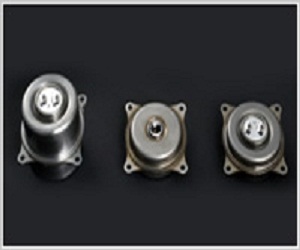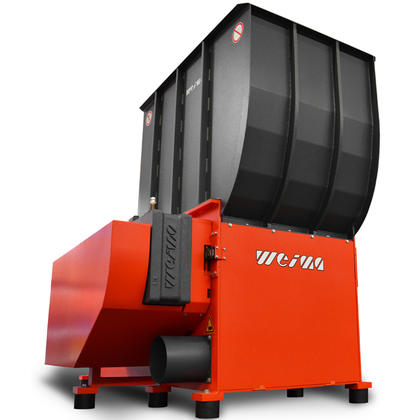
Airbags have become a common fixture in the majority of passenger vehicles manufactured around the world. One key component is the inflator: the size of an size N battery; that until now comprised a metal cylinder packed with an explosive material into which wires are inserted. The latest initiators, however, are now being insert-molded using vertical injection presses and polyamide (PA) 6 as the encapsulant.
“Late model vehicles typically incorporate five airbags, and each of these needs an initiator,” notes Koji Maeda, sales director at Sodick Korea Co. (Seoul). “Previously, these were assembled manually but with insert molding productivity has improved dramatically.” Maeda was speaking to PlasticsToday at the recent Koplas show in Seoul.
“The injection phase needs to be precise and stable to avoid undue pressure on the inserted explosive that might lead to an explosion,” says Maeda. “The mold is also designed to withstand an explosion in that eventuality.”
Maeda says that due to the sensitivity of the process, Japanese airbag manufacturers such as Nippon Kayaku and Daicel Chemical have chosen to carry out molding in-house. Daicel manufactures initiators in Japan, South Korea and Thailand and is mulling a plant in Europe. For its part Nippon Kayaku manufactures initiators, which it calls squibs, in Japan and the Czech Republic, while it also has facilities in Mexico and China manufacturing safety devices for automobiles.
While there are some vehicles in developing markets that may not use airbags at all, luxury vehicles can feature as many as nine airbags as standard. The first vehicle to incorporate a pedestrian airbag, meanwhile, was the Volvo V40 introduced in 2012. Another untapped area in vehicle safety is airbags in buses, that if mandated would trigger further growth in demand. 63,069,541 passenger vehicles were manufactured in 2012, plus 21,071,668 commercial vehicles according to the International Organization of Motor Vehicle Manufacturers (OICA).
Source: http://www.plasticstoday.com/articles/insert-molding-explosives-initiated-japanese-companies-airbag-polyamide-nylon-20130318a








